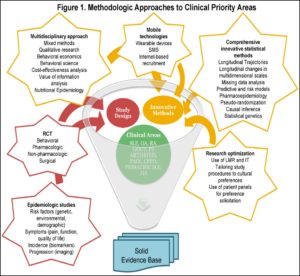Methodology Core Finds the Optimal Study Design for Your Innovative Research Idea

The VERITY Methodology Core addresses many complex methodologies that researchers encounter when studying rheumatic and musculoskeletal (MSK) disorders. These conditions persist for decades and have a profound impact on the patient’s quality of life. Epidemiologic studies to identify persons at high risk for these disorders and to identify factors leading to worse prognoses merit a high priority, and clinical trials to establish treatment efficacy are even more crucial. Both types of studies must account for the complexity of the phenotype and longevity of the clinical course. Furthermore, they must address the balance between efficacy and toxicity in treatments for rheumatic and MSK disorders.





